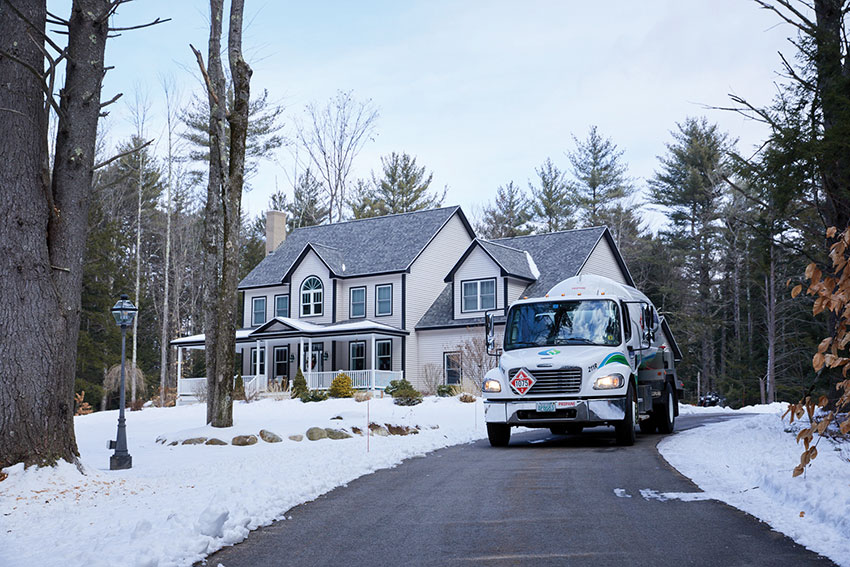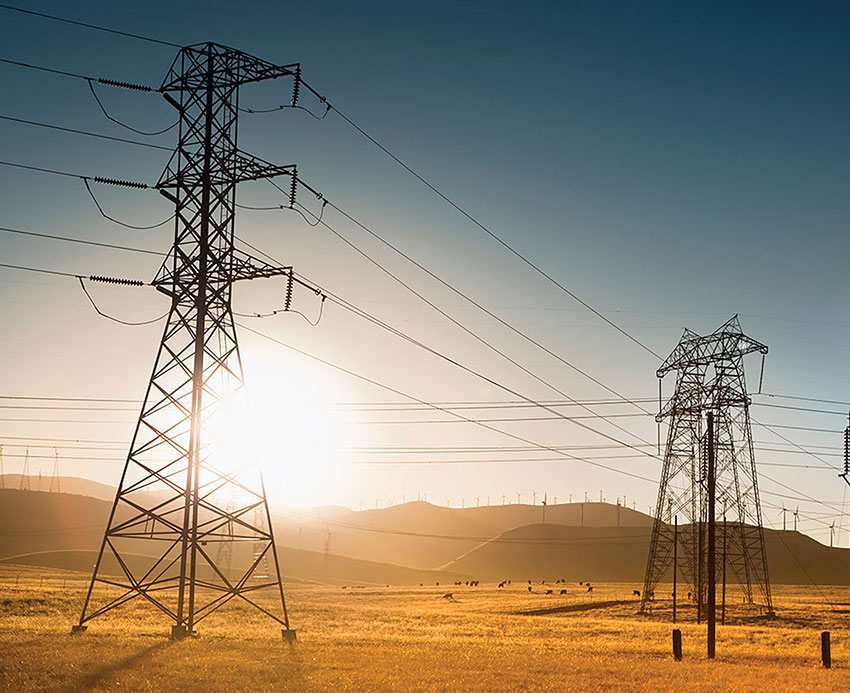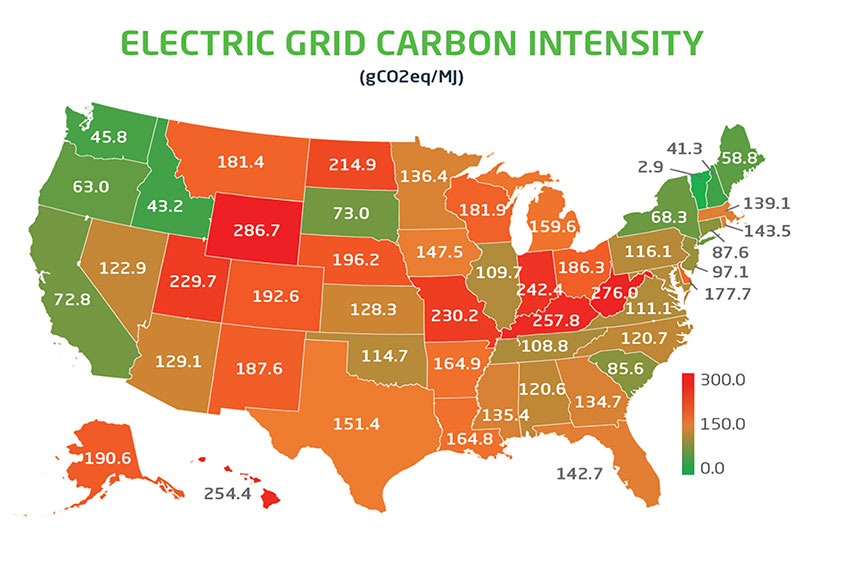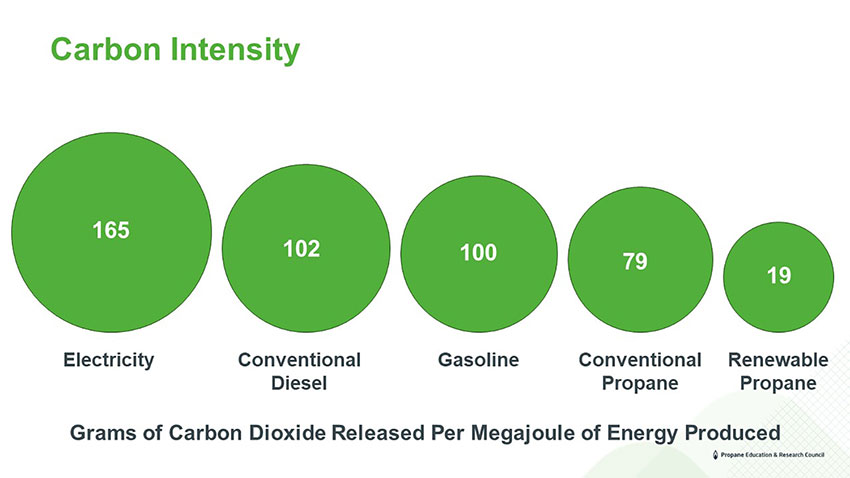Hybrid Propane Systems
Learning Objectives:
- Identify and recognize the current state of the U.S. electrical grid for providing electricity compared to on-site energy alternatives.
- Investigate the potential opportunities to incorporate propane as a viable and environmentally friendly alternative for residential and light commercial buildings.
- Assess the options of using hybrid propane and electric systems for heating, hot water, electrical generation and combined heat and power solutions.
- Evaluate the use of propane hybrid systems as shown in case study applications and examples.
Credits:
This course is approved as a Structured Course
This course can be self-reported to the AANB, as per their CE Guidelines
Approved for structured learning
Approved for Core Learning
This course can be self-reported to the NLAA
Course may qualify for Learning Hours with NWTAA
Course eligible for OAA Learning Hours
This course is approved as a core course
This course can be self-reported for Learning Units to the Architectural Institute of British Columbia
A significant concern in the design or renovation of any building is how best to address the energy needs of the building operations. Architects have been successfully tackling this question through better building envelope design, specifying higher efficiency equipment, and tapping into renewable energy sources when possible. In the end, the building still needs energy, albeit at a hopefully reduced amount. The design professional is then faced with the question of what source of energy is best. Electricity is needed to power lights, outlets, and other appliances and equipment including air conditioning. Since the need for electricity is a given, there is a growing trend to extend electricity to all energy needs in the building, thus eliminating the need for any fossil fuel-powered equipment in the building. The intention behind this trend is to reduce the carbon footprint of the building significantly. There are two assumptions in that scenario; first that the electric grid that the building is connected to can meet the growing electrical demand of all electric buildings; second that the source of the electricity is “clean,” meaning that there is little or no environmental impact from its generation or transmission. There is also the implied desire for on-site energy to be generated through renewable sources. This course looks at these assumptions and investigates a hybrid option that combines grid-supplied energy with on-site energy from propane systems. The result can actually be cleaner than an all-electric design and, in the short term, can allow the electric grid to catch up to the ideal of fully renewable, clean energy.

Photo courtesy of Propane Education & Research Council
Propane is a readily available and commonly used fuel source that can be combined with electrical systems of different types to create efficient and environmentally friendly energy solutions for buildings.
ELECTRICAL GRID STATUS
The U.S. electrical grid is easy to take for granted when connecting to any building. The assumption is that the local utility company is willing and ready to simply connect any building to its power distribution system. The reality is that all public electric utilities use a complex system of components to distribute electricity through decentralized units, substations, transformers, transmission lines, and distribution lines. The electricity itself is generated from centralized power plants that may or may not be owned by the electric utility. Building owners and consumers often have the choice of which source of electrical generation supplies their energy. That only works because the distribution system can connect to these different generation sources and track the amount of energy purchased from each. Collectively, we will refer to this whole, interconnected system in the United States simply as the electric grid.
The grid has been providing electricity since the early 1900’s with some major expansions and upgrades in the 1960s and 1970s. Across the country, the grid is divided into three main regions, namely, the Eastern (East Coast to the Rocky Mountains), Western (West Coast to the Rocky Mountains), and the Texas interconnections (State of Texas). Each one works within its region to provide power as needed to electrical customers, however connecting between them can be more problematic. This has been evidenced during recent storms and weather-related events where electricity could not be adequately provided because of the limits of the three regional systems. In addition, the electric grid has been criticized in recent years for its age and poor performance, particularly during heat-related blackouts and storms. There appears to be a need to upgrade older transformers, circuit breakers, and power lines, but doing so seems to be slow. In all, the availability of continuous, reliable electricity varies considerably across the USA in terms of capacity, interconnectivity, and controllability.
Electricity Generation
Turning to the generation of electricity, the U.S. Energy Information Administration (EIA) publicly reports annual data, with the latest numbers available from the year 2022 (October 2023 compilation). (see https://www.eia.gov/tools/faqs/faq.php?id=427&t=3) They identify three primary energy sources used by utility-scale electricity generation plants: 1) Fossil fuels, including natural gas, coal, and petroleum products, which still account for over 60 percent (2.5 trillion kilowatt hours) generated; 2) Nuclear power accounts for just over 18 percent (772 billion kilowatt hours) generated; and 3) Renewables, including wind, solar, hydropower, and biomass, which have grown to exceed nuclear power at over 21 percent (901 billion kilowatt hours) generated. In addition, the EIA estimates that an additional, much smaller amount of 61 billion kilowatt hours was produced from small-scale solar photovoltaic systems in 2022. While the slow but steady growth of renewable energy is welcome news in light of efforts to reduce harmful emissions, the reality is that the grid is still over 60 percent powered by fossil fuels. This production of electricity from fossil fuels still contributes to global warming/ climate change, acid rain, and air pollution.

Photo courtesy of Propane Education & Research Council
The current status of the electrical grid in the United States has not yet reached the goal of providing environmentally friendly electricity in the most efficient and reliable manner possible.
Site vs. Source Energy
One of the biggest distinctions between utility-generated electricity and site-generated electricity is the overall efficiency of producing and delivering that energy. A number of energy and engineering organizations have made this distinction by using the terms site energy and source energy. Site energy is the amount of energy (typically electricity and other types) consumed by a building as metered and reflected in utility bills. Most building owners and designers look primarily at this site energy to understand how much energy an individual building is using at any given point in time or over the course of multiple months or years.
Source energy represents the total amount of energy contained before it ever hits the utility meter on a building. It takes into account the latent energy in the raw fuel, the efficiency (or lack thereof) in transforming that fuel into electricity, and subsequent energy losses that are experienced in the transmission and delivery of that electricity. Site energy use can be controlled by good design and the operation of the owner of the building. Source energy is subject to a host of variables including the fuel type, the age and efficiency of the generating plant, the make-up of the distribution system (i.e. the grid) and other factors. For typical fossil fuel-based electrical generation, from the site of production to use, the electricity generated is less than 30 percent efficient─that means 70 percent, or more, is lost in the process and only 30 percent or less is effectively used in the building. Hence, generating energy on-site has become considered one way to take back control of the total energy picture and improve the overall efficiency of energy use. That effectively means that less source energy is used so less of an impact can be created from the generation, delivery, and use of that energy.

Image courtesy of Propane Education & Research Council
The carbon intensity of the electrical grid varies by state but is nonetheless rather high since coal and natural gas are still the primary fuels used for electrical generation.

Image courtesy of Propane Education & Research Council
Propane’s carbon intensity includes the total carbon dioxide emissions from the production, transport, storage, and combustion of propane. Electricity’s carbon intensity includes the total carbon dioxide emissions from extracting resources (such as coal, natural gas, materials for solar panels and wind turbines, etc.), generation of electricity, transmission and distribution of electricity, and end use of electricity.

















